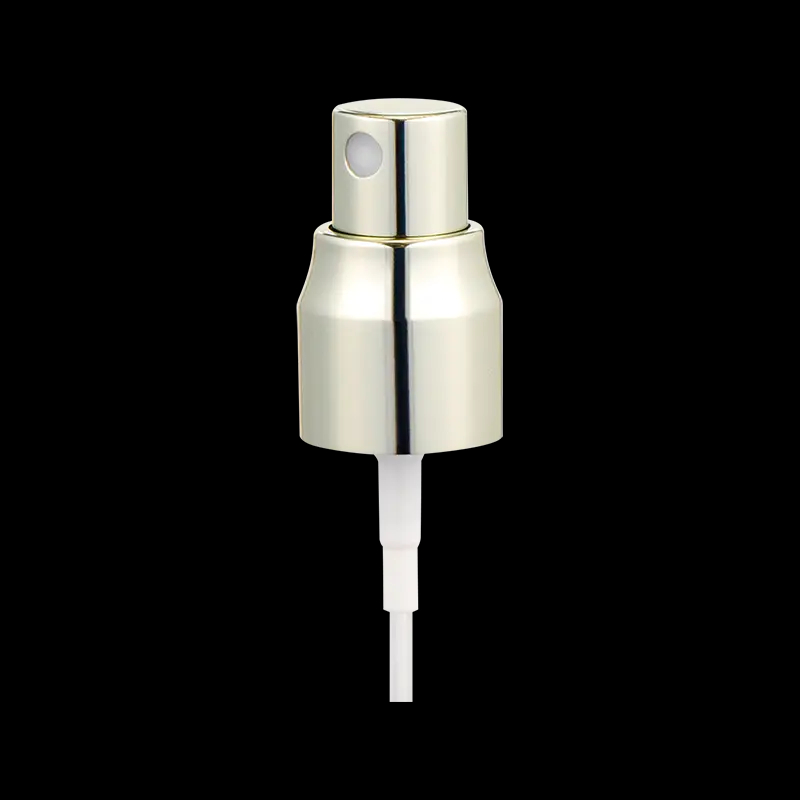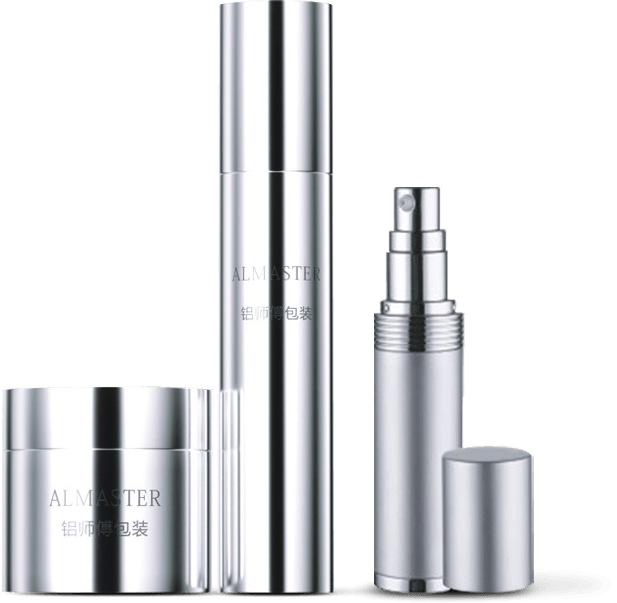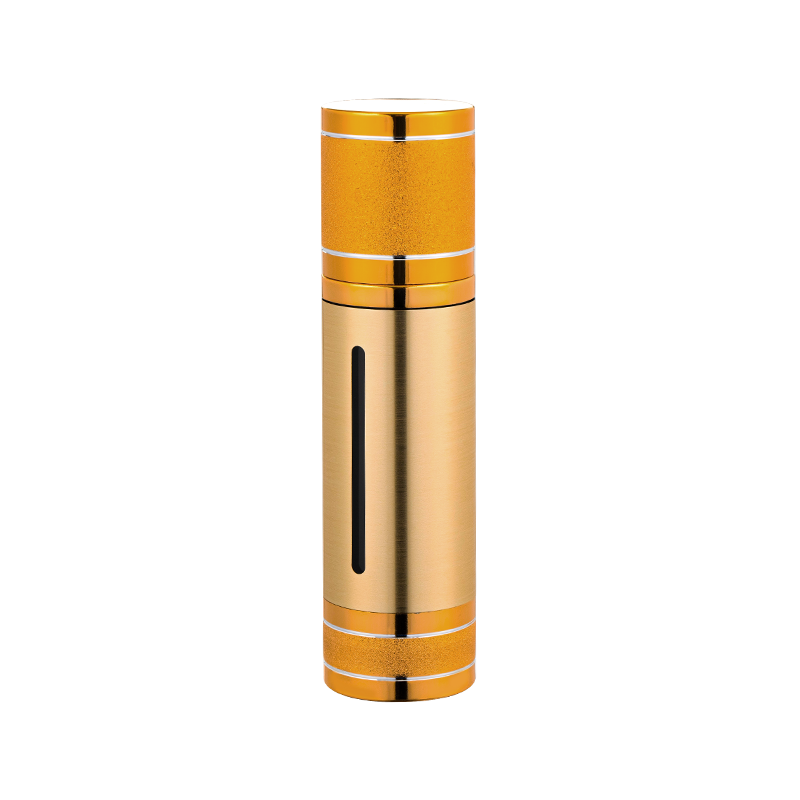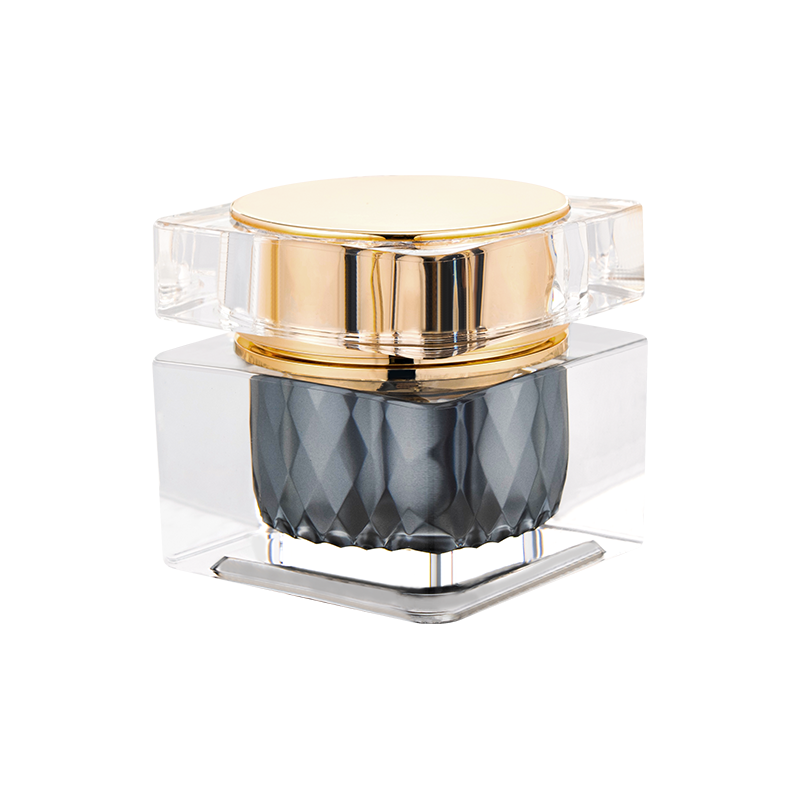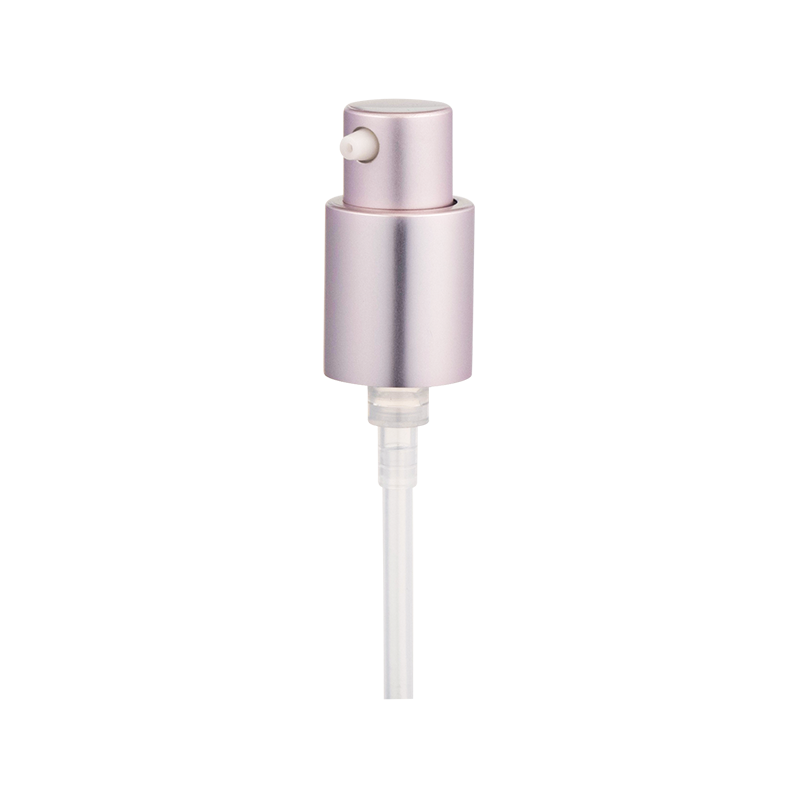Cleaning and maintaining your
plastic spray pump is critical to ensuring its long-term, efficient operation. Here are some tips for properly cleaning and maintaining a plastic spray pump.
1. Preparation before cleaning
Before you start cleaning, make sure to prepare the following tools and materials: warm water and mild detergent, clean water, clean brush or soft cloth, cotton swabs or small brushes, clean towels or paper towels, maintenance instructions. Carry out cleaning in a large, well-ventilated area to ensure that the smell of the cleaner is not overpowering. Prepare a flat surface so that the parts of the spray pump can be broken down and cleaned, and small parts will not be easily lost during the work. Have a container or sink ready to hold the warm water and detergent mixture, as well as a container for cleaning the spray pump parts. Make sure the cleaning container is clean to avoid secondary contamination of the spray pump. During the cleaning process, you may come into contact with detergent or dirt, so wear appropriate gloves to protect the skin of your hands.
2. Disassemble the spray pump
Before breaking down, first understand the component structure of the spray pump, which usually includes the nozzle, pipe, sprayer and pump body. If there are maintenance instructions available for reference, it is recommended to read them in advance to understand where the various parts are and how to assemble them. Depending on the construction of the sprinkler head, disassembly can usually be initiated by unscrewing or disassembling the sprinkler head. Please be careful to place the disassembled parts in a safe place to avoid loss. Disassemble the pipe and sprayer as needed, usually by unscrewing or pushing out the pipe and sprayer. Use caution to avoid damaging or deforming plastic parts.
3. Cleaning
a. Put the nozzle and
sprayer into warm water and add a small amount of mild detergent. Use a bristle brush or soft cloth to gently wipe the nozzle and sprayer, making sure to remove any dirt or residue. Rinse thoroughly with clean water, making sure no detergent remains.
b. Pipeline
Use a cotton swab or small brush to clean the inside of the pipes to make sure there are no clogs or dirt. Rinse the pipes with clean water to make sure they are clean.
c. Pump body
Wipe the outside of the
pump body with a clean damp cloth or cotton ball to remove surface dirt. Make sure the inside of the pump is dry to prevent bacterial growth.
4. Maintenance
lubricating:
Make sure the spray pump piston and sealing ring surfaces are clean and smooth. If desired, the pistons and seals can be lightly coated with food-grade lubricant to ensure smooth operation and extended service life. But make sure the lubricant you use is not harmful to plastic parts.
examine:
Regularly inspect all parts of the spray pump, including seals, nozzles, pipes, etc., to make sure they are not worn or damaged. Check the spray pump connections and pipes to make sure there are no loose connections or leaks.
Storage: When the
spray pump is not in use, make sure to store it in a dry, clean place away from direct sunlight and high temperatures. If possible, store the spray pump in its original packaging to protect it from dust and other debris.
Regular maintenance:
Perform regular maintenance, such as replacing wearing parts such as seals and nozzles, to ensure the performance and efficiency of the spray pump.
Avoid improper use:
Avoid using unsuitable liquids or chemicals, which may damage the plastic parts of the spray pump.
Follow the manufacturer's instructions and maintenance recommendations to ensure proper use and maintenance of your spray pump.
5. Precautions
During cleaning and maintenance, avoid using chemicals that are too aggressive to avoid damaging plastic parts. Follow the manufacturer's cleaning and maintenance guidelines to ensure proper operation.



